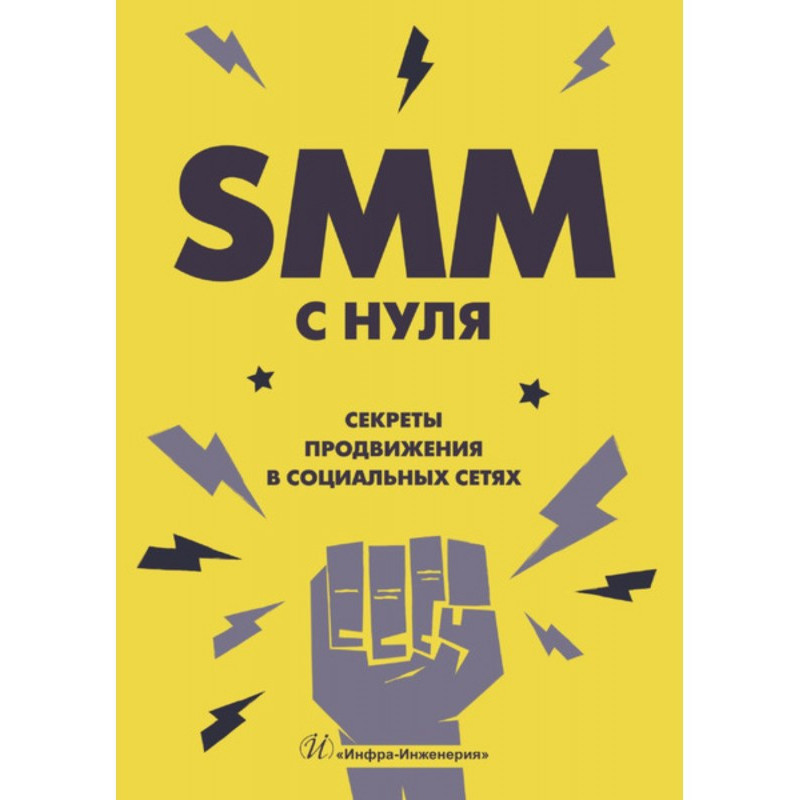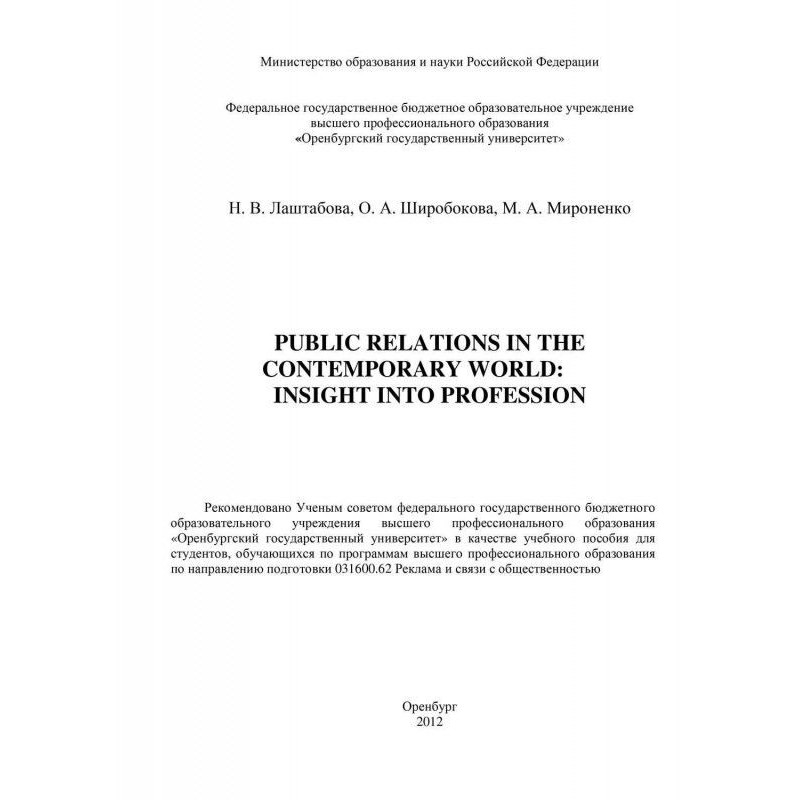New market niche. From idea to creation of a new popular product
 Instant download
Instant download
after payment (24/7)
 Wide range of formats
Wide range of formats
(for all gadgets)
 Full book
Full book
(including for Apple and Android)
The book gives the author’s “Eight Needs Model”, with which you can classify markets and search for options for new business ideas and unoccupied niches through understanding the reasons for the purchase. The book shows:• how, using situational and role models, and also a cultural factor, not only to create a new, unique product or service, but also to build a strong brand;• how to bring the company’s behavior in line with market requirements;• how to present a complete picture into which a person fits with his own characteristics of the inner world and needs, and companies with their behavior in the market. The ideas presented in this book are the knowledge of how to act accurately in business focused on the end consumer in modern markets. This book is about finding a way to grow your business. through understandable and effective technology. The book is intended for entrepreneurs and marketers of companies operating in B2C markets, as well as everyone involved in the development and launch of new goods and services. An analysis of the situation in the market for goods and services shows that the time of weak brands that are unnecessary to the consumer , ends. The time of popularity of brands that failed to interest people is coming to an end. Brands that were marketing icons just a few years ago are leaving the b2c market. But how to interest the consumer if he himself has not known for a long time what else he wants, if every request he has expressed has already been satisfied? This question can be answered only if we can understand the logic of consumption and product selection in the branded market. We need to carefully consider the features market development not from the point of view of the wishes of marketers, but from the point of view of the consumer himself. From a marketing point of view, a market with 5 brands is not fundamentally different from a market with 100 brands. The difference between them exists only in the head of the person who chooses and makes a purchasing decision. And this is the most important thing, since it is the consumer’s perceptions that determine whether he will open his wallet or not. We know how most entrepreneurs and top managers do not like to think about abstract things, how they do not like to study what seems unrelated to them to business as a process of making profit. But there are no universal recipes, each market situation is unique, and now it is simply necessary to think. Think, compare facts and analyze the situation. We are giving you something to think about. Probably, you shouldn’t consider a situation where a newly created product itself forms a market. As we have already said, this situation mainly depends on the level of development of science, technology and technology. When a new product that the consumer has been waiting for a long time hits the market, it is doomed to success. Provided, of course, that the consumer was actually waiting for this product to appear. But this book is not about the direction in which science should develop; it is about working in the market for goods and services in conditions of fierce competition. And we should not forget that if a technological innovation simply does not interest the consumer, all investments in development will turn out to be a bursting soap bubble. Therefore, if we are not talking about a product that has been around for a long time dreams of all humanity (a cure for AIDS, cancer or diabetes), then we can say that we are already talking about the need to analyze the product from the point of view of basic needs. Compliance with basic needs is the primary, most important criterion for determining the potential demand for a new product. It already lifts the veil of secrecy that hides the logic and actions of the consumer. But this is only the very initial stage of the formation of the consumer choice algorithm and the development of the modern market, which it often goes through in a matter of months. Possible niches begin to be filled very quickly, as a result, market niches formed by basic needs can be filled by dozens and even hundreds of brands competing with each other and at the same time finding their consumers. And they need to be divided into segments, moreover divide as the consumer does in his mind. Thus, we begin to consider the market from the point of view of the correspondence of products to consumption situations, that is, situational models. The idea that as a link between the brand and the consumer we need to use some kind of image that is close to the person, and perhaps appeals to some human qualities, did not come to our minds first. Many people have thought that the product, brand and consumer should be somehow connected. But it never occurred to anyone how exactly, because the reasons for consuming brands are not clear. Hence the very strange ideas about a certain level of brand personalities, about brand archetypes... Belonging to a culture is the next level of mental reality, which is an integral part of everyone person and influences the process of making a purchase decision when the role of other factors is reduced. When the previous levels of market development (orientation to a situational or role model) become obsolete, when they become insufficient to select the product that a specific person needs, the cultural factor is turned on, which, in turn, provides the maximum variety of assessment options. A longer logical chain is being built in the consumer’s head. The basic need, situation of use and role model fade into the background as obvious and not requiring analysis by the consumer. And the most important are the nuances that distinguish the same role models.
Data sheet
- Name of the Author
- Андрей Бадьин Валерьевич
Виктор Тамберг Вернерович - Language
- Russian
Reviews
Відкриває нові горизонти бізнесу!
Книга "Нова ринкова ніша" є справжнім посібником для підприємців та маркетологів, які прагнуть зрозуміти, як створити успішний продукт у сучасному конкурентному середовищі. Автор пропонує унікальну "Модель восьми потреб", яка дозволяє глибше аналізувати ринок та виявляти незайняті ніші. Мені особливо сподобалося, як книга поєднує теорію з практичними прикладами, що робить її легкою для сприйняття та застосування. Зокрема, розділи, присвячені ситуативним та рольовим моделям, допомагають зрозуміти, як споживачі приймають рішення про покупку, що є критично важливим для успіху будь-якого бізнесу. Ця книга не просто про те, як створити продукт, а про те, як побудувати міцний бренд, який буде відповідати потребам споживачів. Я рекомендую її всім, хто хоче розвивати свій бізнес і бути на крок попереду конкурентів!













